1. More Than Just Paul Revere on That Midnight Ride
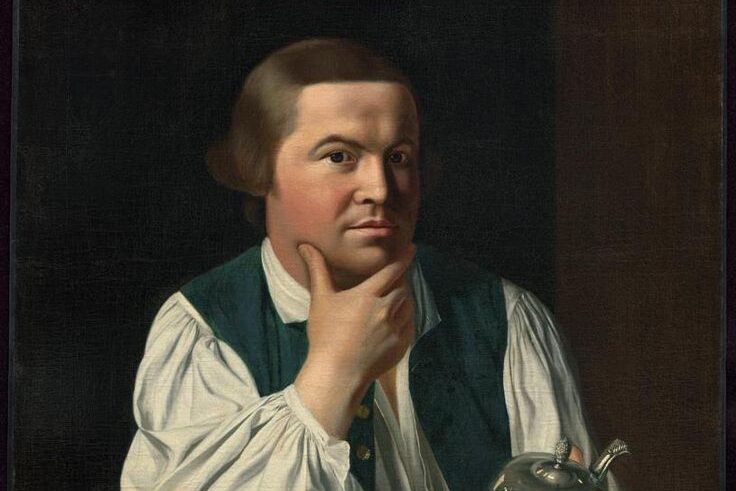
We usually picture Paul Revere alone on horseback shouting, “The British are coming!” But he wasn’t alone, and he never actually said that. Several riders, including William Dawes and Samuel Prescott, were also sent to spread the warning. In fact, Prescott was the only one who reached Concord. Revere was briefly detained by British troops before he could finish the ride. According to the American Revolutionary War Museum, “Revere never shouted the legendary phrase. He said it quietly.” The real midnight ride was more of a team relay than a solo gallop.
2. The Emancipation Proclamation Didn’t Free Everyone
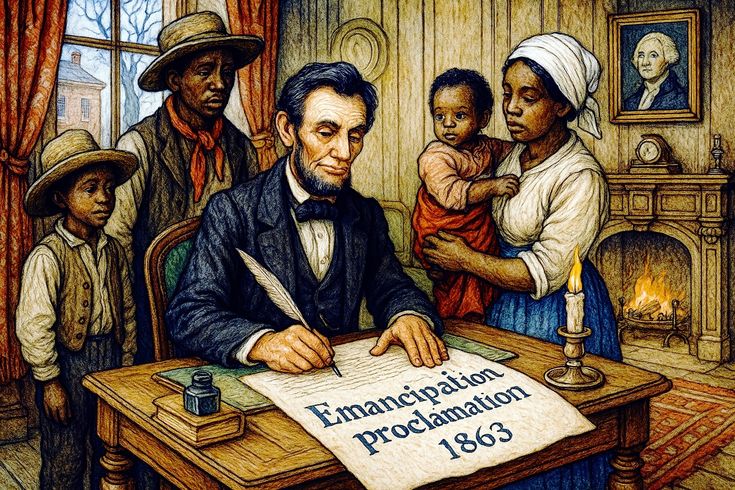
When Lincoln signed the Emancipation Proclamation in 1863, many believed it freed all enslaved people instantly. But that’s not how it worked. The order only applied to Confederate states in rebellion. It left slavery untouched in border states like Kentucky and Maryland. Freedom for many came much later, especially in Texas, where enslaved people weren’t freed until June 19, 1865, now known as Juneteenth. Historian Eric Foner noted it was “more a military strategy than a moral statement.” It marked a turning point, yes, but not the final step toward full emancipation.
3. The Boston Tea Party Wasn’t Just About Tea
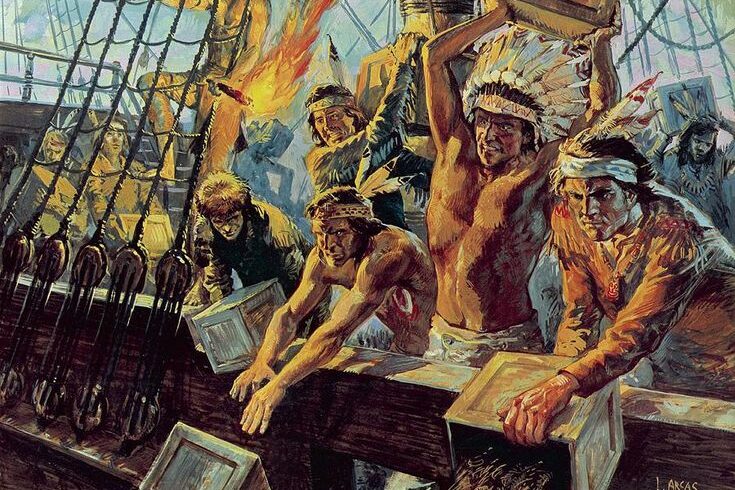
We’ve heard about angry colonists dumping tea into Boston Harbor, but it wasn’t just a tantrum over beverages. The real issue was taxation without representation. Colonists were being taxed by a government across the ocean without having a voice in it. The Tea Act of 1773 granted unfair advantages to the British East India Company, and colonists saw it as the last straw. As historian Benjamin Carp put it, “It wasn’t just the tea tax. It was the principle.” So when they tossed those crates into the sea, it meant far more than spilled tea.
4. Rosa Parks Wasn’t the First to Say “No”
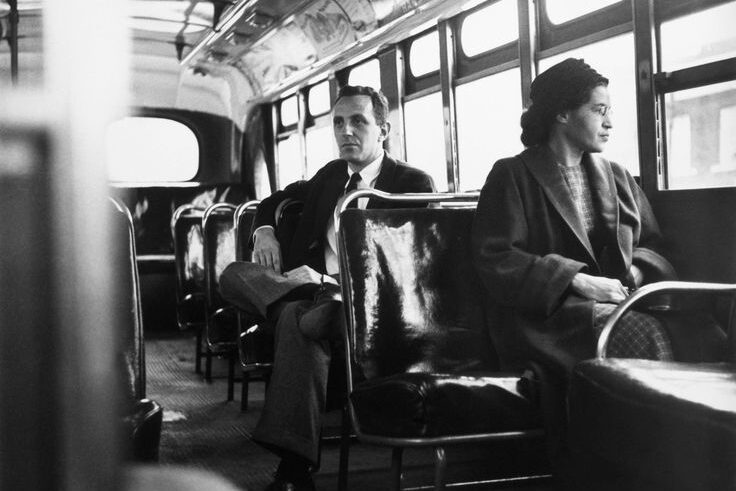
Rosa Parks became the symbol of bus resistance in Montgomery, but she wasn’t the first to take a stand. Months before Parks, 15-year-old Claudette Colvin refused to give up her seat to a white passenger. Colvin later recalled, “I felt like Sojourner Truth was pushing me down on one shoulder and Harriet Tubman on the other.” But civil rights leaders chose to highlight Parks’ story, believing it would gain more public support due to her age, background, and demeanor. Parks was brave, but so were the lesser-known women who came before her.
5. The Great Wall of China Isn’t One Long Wall

The image of a single, unbroken Great Wall stretching across China is easy to picture, but it’s not accurate. The wall is actually a patchwork of fortifications built over centuries by different Chinese dynasties. Some parts are made of stone, others of tamped earth, and many sections have crumbled away. According to UNESCO, “The Great Wall is not a single structure, but a collection of walls built between the 3rd century BC and the 17th century AD.” So what we call “The” Great Wall is really a series of regional defenses stitched together across time.
6. Vikings Didn’t Actually Wear Horned Helmets
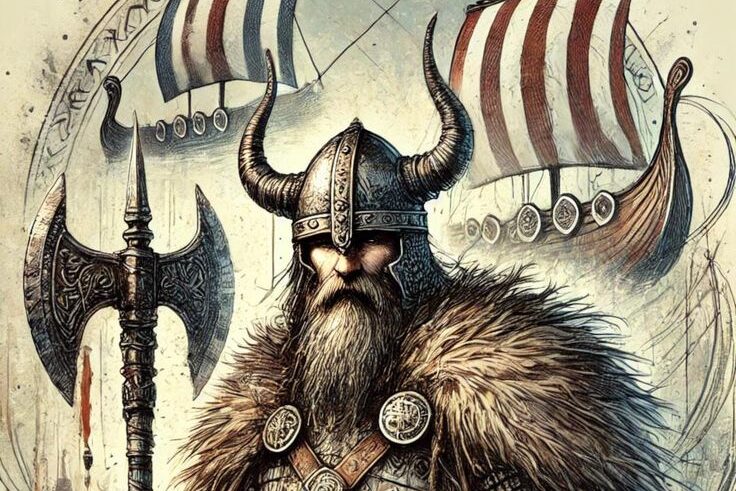
If you picture Vikings wearing horned helmets, you’re not alone. It’s one of the most popular myths out there. But there’s no historical evidence they ever wore horns in battle. The image actually came from 19th-century operas like Wagner’s Der Ring des Nibelungen, where designers added horns for dramatic effect. Real Viking helmets were plain and practical. As historian Roberta Frank put it, “The horned helmet is the most widely recognized false fact about Vikings.” It looked cool, sure, but real warriors valued function over flair. Vikings were fierce, not flashy.
7. July 4th Wasn’t the Real Signing Day

We celebrate July 4th as the day the United States declared independence, but that’s not when most of the Founding Fathers signed the document. Congress approved the text on July 4, 1776. Most delegates didn’t put their names on it until August 2nd. Even John Adams thought July 2nd would be the big holiday, since that’s when the resolution for independence passed. So technically, July 4th is more about the document’s adoption than its signing. The fireworks are marking a paperwork milestone. Still important, but maybe not quite what we think.
8. The Trojan Horse Was Likely a Symbol
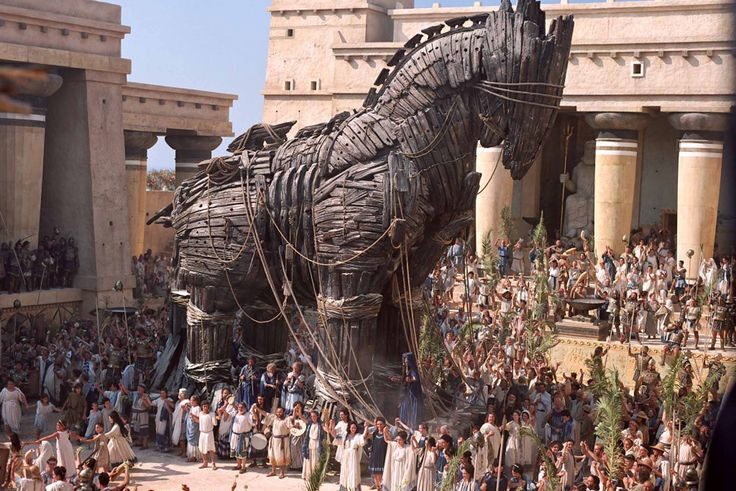
The story of the Greeks hiding inside a wooden horse to sneak into Troy is legendary. But many historians now believe the “Trojan Horse” may not have been a literal object at all. Some think it was a metaphor for trickery or a mistranslated term for a siege engine like a battering ram. Others believe it could’ve symbolized a natural disaster or betrayal from within. According to Archaeology Magazine, “There is no archaeological evidence of the wooden horse.” The tale still holds power, but it might be more poetic truth than physical history.
9. Marie Antoinette Never Said “Let Them Eat Cake”

She’s often remembered for the out-of-touch phrase, “Let them eat cake,” but Marie Antoinette probably never said it. The quote actually appeared in Rousseau’s writings when she was still a child. It wasn’t linked to her until much later. By then, revolutionary anger was already high. Many historians agree it was propaganda used to portray her as callous and disconnected. As Professor Josephine Wilkinson noted, “It’s a fabrication designed to justify her unpopularity.” Reality? She was flawed, yes. But that line about cake was never hers to begin with.
10. Napoleon Wasn’t Really That Short

Napoleon Bonaparte is often portrayed as a tiny tyrant, but he was about 5’6” to 5’7”. That was average height for his era. The myth likely started due to confusion between French and British measuring systems. Also, he often appeared next to his tall Imperial Guards, which made him look smaller by comparison. Historian Owen Connelly confirmed, “He was no shorter than most Frenchmen of his era.” The Napoleon complex was probably an invention of his enemies. He may have had towering ambition, but physically, he wasn’t as petite as the legend suggests.
11. Columbus Never Set Foot in the U.S.
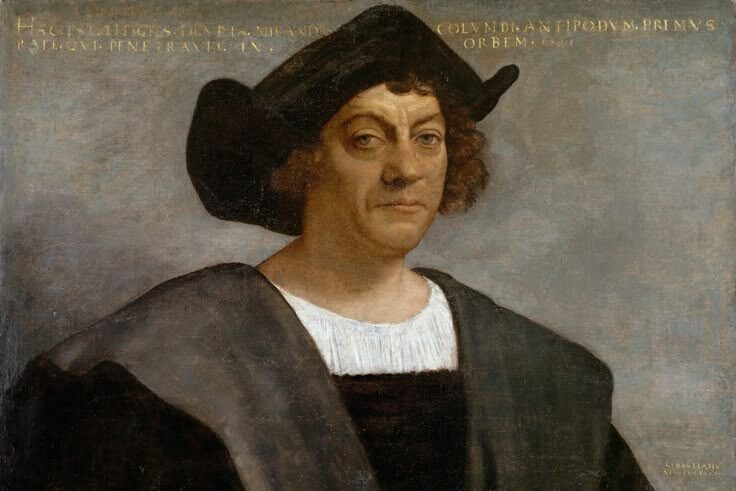
You’ve probably heard that Christopher Columbus “discovered America,” but he never actually set foot on land that’s part of the United States today. During his four voyages, Columbus explored islands in the Caribbean and parts of Central and South America. He died still believing he had reached the fringes of Asia. According to the Smithsonian Institution, “Columbus never reached North America and died thinking he had found Asia.” So while his journeys were significant, calling him the discoverer of the U.S. is more tradition than truth. Others paved that path much later.
12. Salem’s “Witches” Weren’t Burned at the Stake
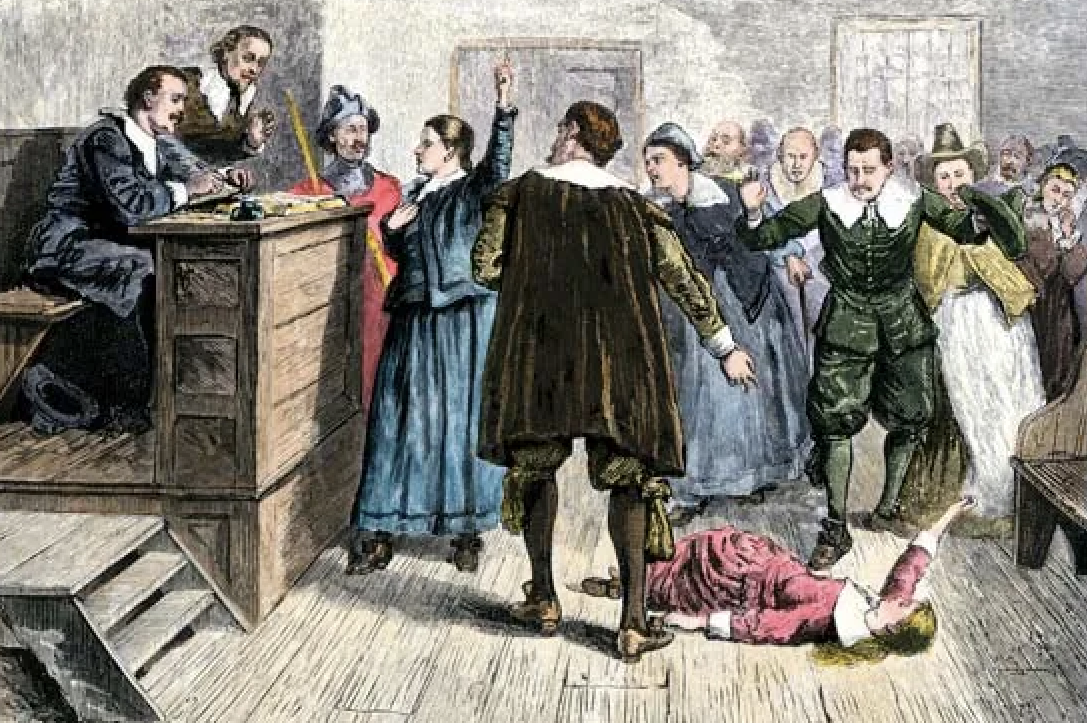
Many people assume the accused witches of Salem were burned, but they weren’t. During the infamous 1692 trials in Massachusetts, 19 people were hanged. One man, Giles Corey, was pressed to death with heavy stones. Burning at the stake was more common in European witch trials, but not in colonial New England. Salem preferred the gallows. According to historian Emerson Baker, “No one was burned during the Salem witch trials. That’s a persistent myth.” The tragedy was very real. But the fire and brimstone part? That never actually happened in Salem.
13. Einstein Didn’t Fail Math, He Was a Prodigy

The idea that Albert Einstein failed math is completely false. In reality, he was solving complex equations and tackling calculus by age 15. The myth may have started from confusion around Swiss grading systems, where a lower number indicated a higher score. Einstein himself once said, “I never failed in mathematics… Before I was fifteen I had mastered differential and integral calculus.” He did struggle in other areas like language and behavior. But in math, he was ahead of his time. The wild hair and soft-spoken manner fooled a lot of people.
14. Walt Disney Didn’t Draw Mickey Mouse Himself
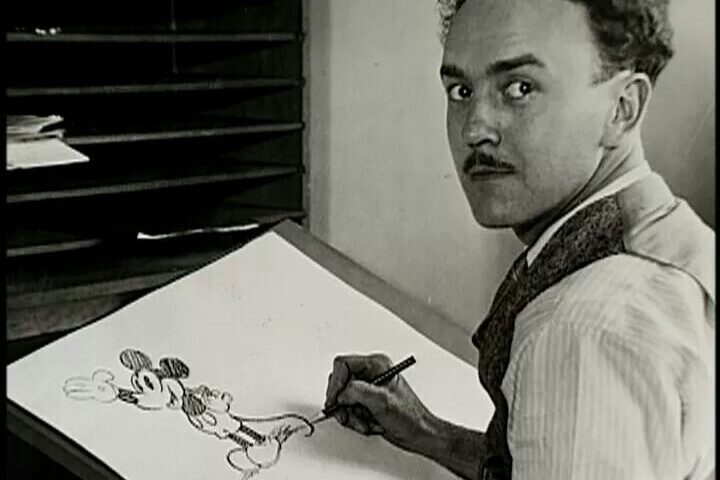
Walt Disney is known as the father of Mickey Mouse, but he didn’t actually draw the famous character. That honor belongs to Ub Iwerks, his longtime creative partner and animator. Iwerks brought Mickey to life on the sketch pad, while Disney provided the voice and vision. As Walt once admitted, “I only gave him the name.” While Disney built the brand and shaped the storytelling, it was Iwerks’ steady hand that crafted the mouse’s early form. It’s a good reminder that even the biggest icons often start with quiet collaboration.
This story 14 Historical Moments That Happened Very Differently Than You Were Taught was first published on Daily FETCH


